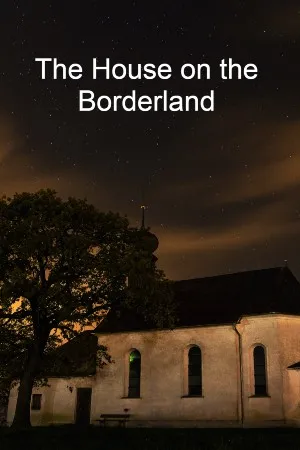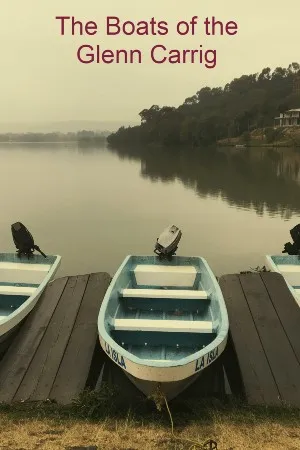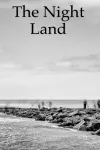
The House on the Borderland (1908) is a supernatural horror novel by British fantasist William Hope Hodgson. The novel is a hallucinatory account of a recluse's stay at a remote house, and his experiences of supernatural creatures and otherworldly dimensions.

The novel is written in an archaic style, and is presented as a true account, written in 1757, of events occurring earlier. The narrator is a passenger who was traveling on the ship Glen Carrig, which was lost at sea when it struck "a hidden rock". The story is about the adventures of the survivors, who escaped the wreck in two lifeboats.
 Featured
FeaturedThe Night Land is a classic horror novel by William Hope Hodgson, first published in 1912. As a work of fantasy it belongs to the Dying Earth subgenre. When the book was written, the nature of the energy source that powers stars was not known: Lord Kelvin had published calculations based on the hypothesis that the energy came from the gravitational collapse of the gas cloud that had formed the sun and found that this mechanism gave the Sun a lifetime of only a few tens of million of years. Starting from this premise, Hodgson wrote a novel describing a time, millions of years in the future, when the Sun has gone dark.
The novel is written in an archaic style, and is presented as a true account, written in 1757, of events occurring earlier. The narrator is a passenger who was traveling on the ship Glen Carrig, which was lost at sea when it struck "a hidden rock". The story is about the adventures of the survivors, who escaped the wreck in two lifeboats.